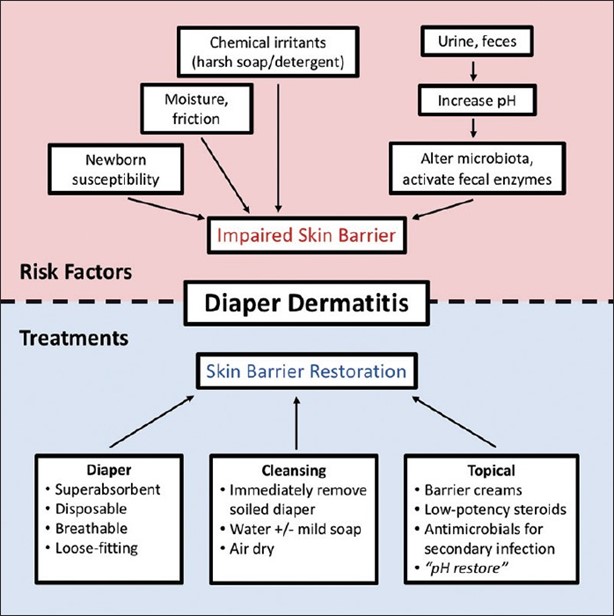The healthcare provider prescribes 5% Dextrose Injection, USP with 20 units of regular insulin for a client with a serum potassium level of 6.0 mEq/L (6.0 mmol/L) and glucose level of 180 mg/dL (10.0 mmol/L). Which evaluation is most important for the nurse to include in this client's plan of care?
Reference Range
- Potassium [Reference Range: 3.5 to 5.0 mEq/L (3.5 to 5.0 mmol/L)]
- Glucose [Reference Range: 0 to 50 years: 74 to 106 mg/dL (4.1 to 5.9 mmol/L)]
Evaluate glucose levels before and after meals.
Assess the serum potassium level every 4 hours.
Monitor and document strict intake and output.
Obtain a 12-lead electrocardiogram daily.
The Correct Answer is B
The client's serum potassium level is elevated at 6.0 mEq/L (6.0 mmol/L), which is above the normal reference range of 3.5 to 5.0 mEq/L (3.5 to 5.0 mmol/L).
Hyperkalemia can have significant cardiac implications, including the potential for life-threatening dysrhythmias. Therefore, close monitoring of the serum potassium level is crucial to assess the effectiveness of interventions and ensure that potassium levels are within a safe range.
While monitoring glucose levels before and after meals is important for clients receiving insulin therapy, in this scenario, the primary concern is the elevated potassium level.
The nurse should prioritize frequent assessment of the serum potassium level to guide appropriate management and prevent complications associated with hyperkalemia.
Monitoring and documenting strict intake and output are important for assessing fluid balance and renal function, but in this case, the elevated potassium level takes precedence as it poses a more immediate risk to the client's well-being.
Obtaining a 12-lead electrocardiogram (ECG) daily may be indicated in some cases of hyperkalemia, as certain ECG changes can be associated with elevated potassium levels. However, the more critical aspect is monitoring the potassium level itself, as ECG changes can occur rapidly and may not always be detectable on a daily basis.
Nursing Test Bank
Naxlex Comprehensive Predictor Exams
Related Questions
Correct Answer is A
Explanation
The excoriated and red skin in the diaper area suggests the presence of diaper dermatitis, which is commonly caused by prolonged exposure to moisture and irritants such as urine and feces. Changing the diaper more frequently helps to minimize the exposure to these irritants and promotes better skin hygiene.
Asking the mother to decrease the infant's intake of fruits for 24 hours is not necessary unless there is evidence of diarrhea or specific dietary concerns. Fruits are generally a healthy part of an infant's diet and do not directly cause diaper dermatitis.
Encouraging the mother to apply lotion with each diaper change may not be recommended in this case, as lotions and creams can further trap moisture and exacerbate the condition. It is best to keep the area clean and dry.
Telling the mother to cleanse with soap and water at each diaper change may be too harsh for the infant's sensitive skin. Plain water or mild, fragrance-free wipes are typically sufficient for cleaning the diaper area. Soap can be drying and irritating to the skin, so it is generally not necessary unless there is a specific indication.

Correct Answer is C
Explanation
less than body requirements would be the nursing problem with the highest priority for an adolescent with anorexia nervosa. Anorexia nervosa is characterized by a severe restriction of food intake leading to a significantly low body weight, which can have serious physical and psychological consequences. Therefore, addressing the client's malnutrition and promoting adequate nutrition intake is crucial to prevent further complications.
Disturbed Body Image, Interrupted Family Processes, and Noncompliance with treatment regimen are important nursing problems to address, but they are secondary to the client's malnutrition.
Whether you are a student looking to ace your exams or a practicing nurse seeking to enhance your expertise , our nursing education contents will empower you with the confidence and competence to make a difference in the lives of patients and become a respected leader in the healthcare field.
Visit Naxlex, invest in your future and unlock endless possibilities with our unparalleled nursing education contents today
Report Wrong Answer on the Current Question
Do you disagree with the answer? If yes, what is your expected answer? Explain.
Kindly be descriptive with the issue you are facing.
